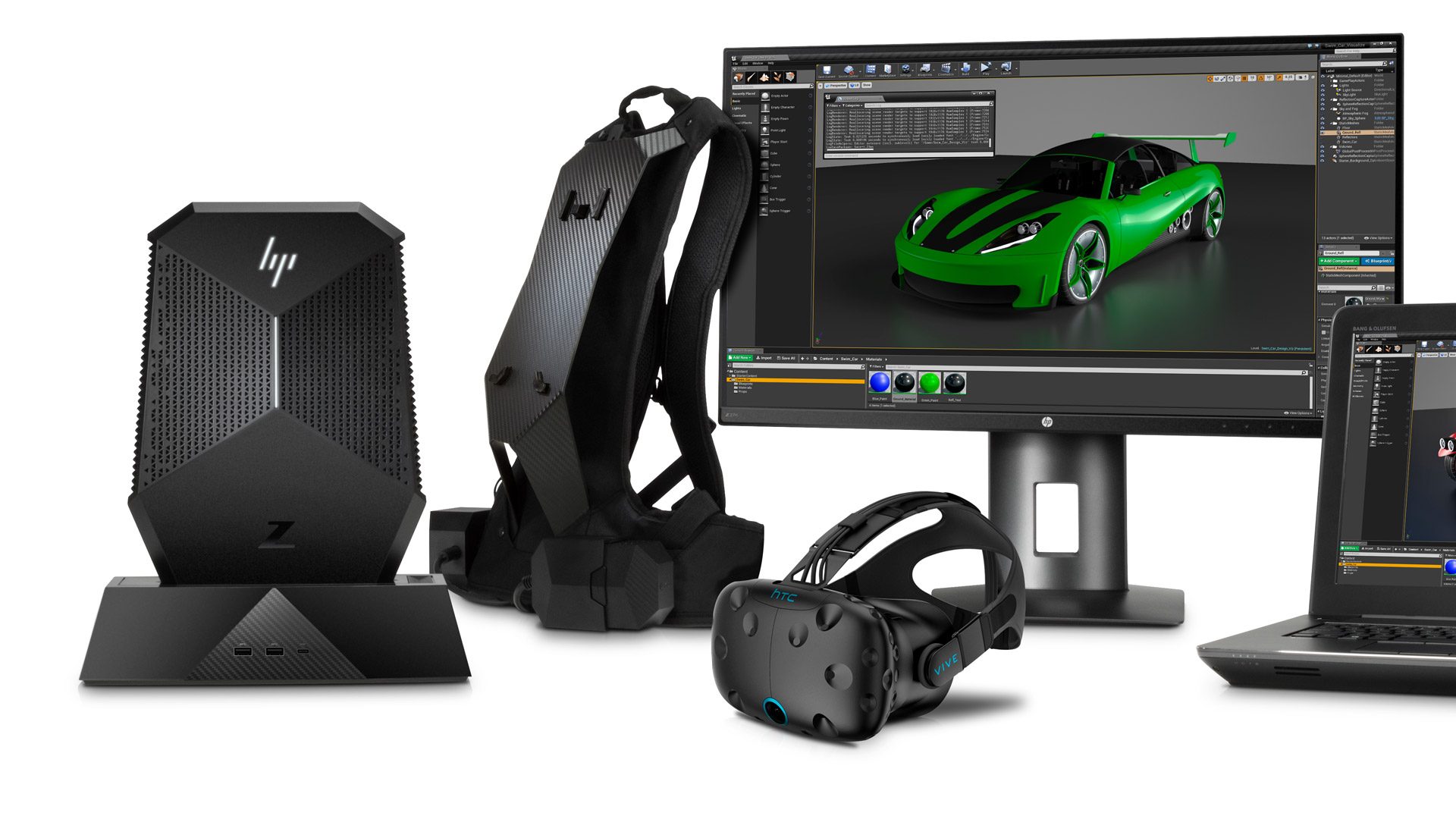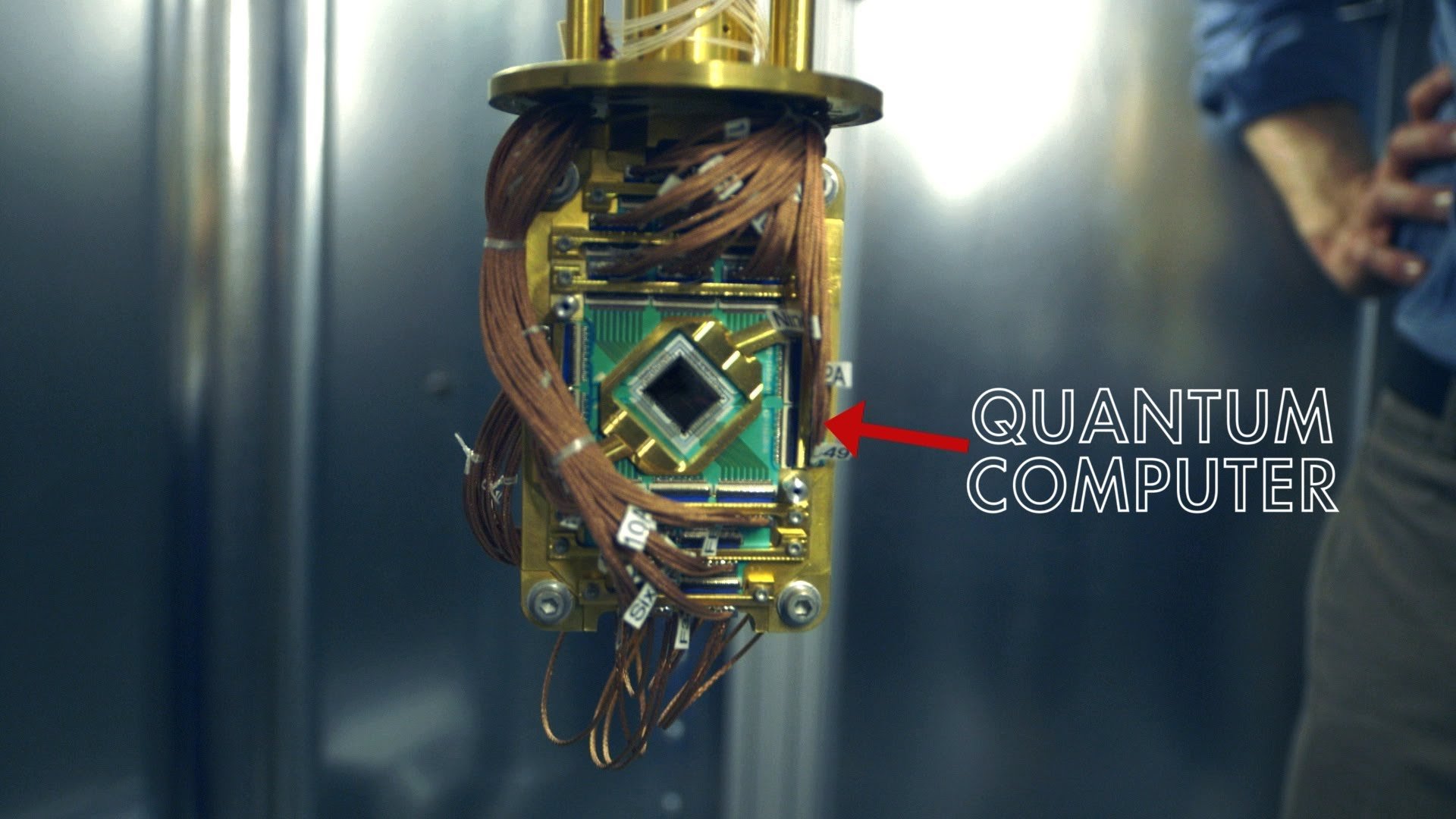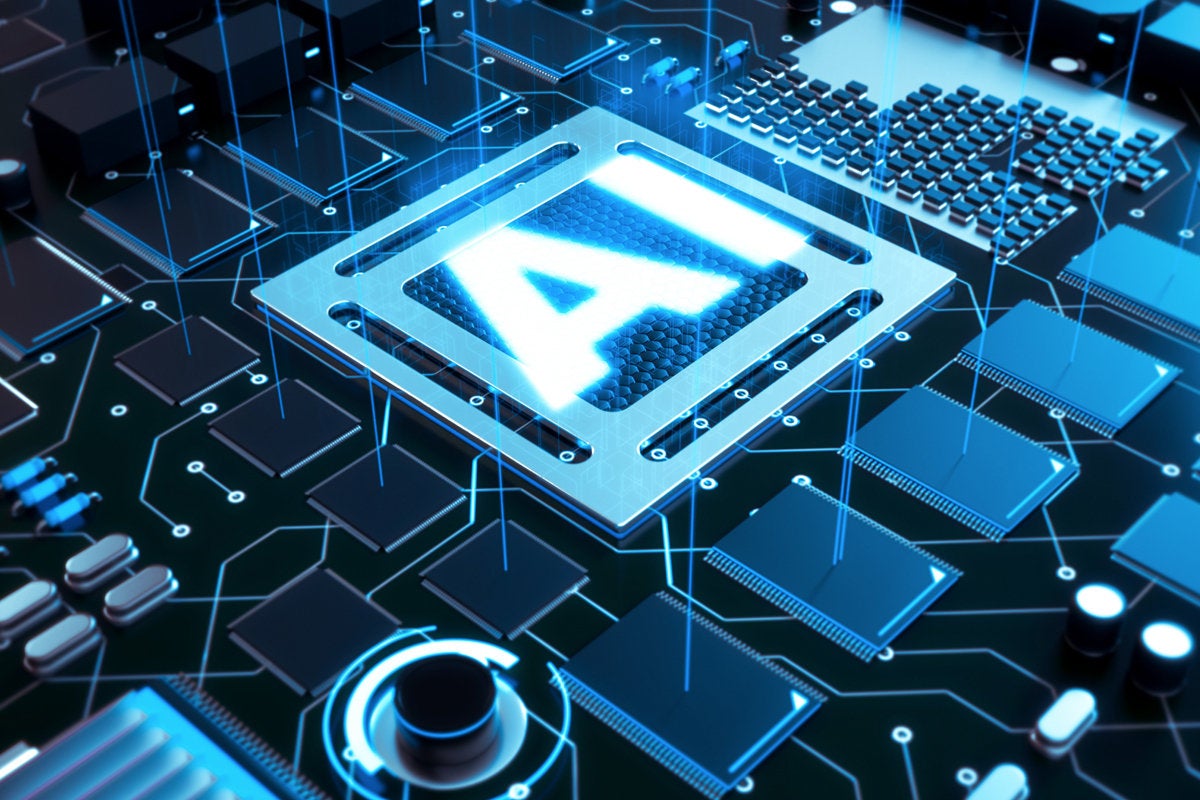Modern computers are found everywhere: homes, offices, businesses, hospitals, and schools, to name a few. Contemporary society has become so dependent on computers that many people become frustrated and unable to function when computers are "down." Because of this dependence, computers are regarded as essential tools for everything from navigation to entertainment.
Today's computers are smaller, faster, and cheaper than their predecessors. Some computers are the size of a deck of cards. Hand-held Personal Data Assistants and notebook computers or "ultra-lights" make users portable and give them the opportunity to work in a variety of places. These systems provide a wide range of connectivity and access to information on local, wide, and wireless networks. This gives users more convenience and more control over their time.
Future computers promise to be even faster than today's computers and smaller than a deck of cards. Perhaps they will become the size of coins and offer "smart" or artificial intelligence features like expert intelligence, neural network pattern recognition features, or natural language capabilities. These capabilities will allow users to more conveniently interact with systems and efficiently process large amounts of information from a variety of sources: fax, e-mail, Internet, and telephone. Already evident are some evolving cutting-edge applications for computer technology: wearable computers, DNA computers, virtual reality devices, quantum computers, and optical computers.
Wearable Computers
Is a wearable computer in your future? With hardware shrinking and becoming more powerful and more able to execute instructions and perform computations in shorter timeframes, it is very possible that there will be widespread use of wearable systems in the future. A wearable is defined as a handless system with a data processor supported by a user's body rather than an external surface. The unit may have several components (camera, touch panel, screen, wrist-mounted keyboard, head-worn display, and so forth) that work together to bring technology to situational and environmental problems.

Assembly and repair environments are ideally suited for wearable technology because they deploy users with technical expertise to problem areas. Wearable computers allow users to keep their hands free at all times while providing access to technical specifications and detailed instructions for problem-solving and troubleshooting.
In the future, wearables may even be built into the fabric of clothing. Garments can be made using conductive and nonconductive textiles like organza and yarn, gripper snaps, and embroidered elements. Ordinary fabric can be connected to electronic components to add functionality and usability.
DNA-Based Computers
Can small molecules such as DNA be used as the basis for new computing devices? A biologist and mathematician named Leonard Adelman first linked genetics and computer technology in the mid-1990s. Adelman coded a problem using the four nucleotides that combine to form DNA and discovered that the DNA solution was accurate.

A DNA-based computer would be radically different from a conventional computer. Instead of storing data on silicon chips, converting data to binary notation (0s and 1s), and performing computations on the binary digits, DNA computing would rely on data found in patterns of molecules in a synthetic DNA strand. Each strand represents one possible answer to the problem. A set of strands is manufactured so that all conceivable answers are included. To winnow out a solution, the DNA computer subjects all the strands simultaneously to a series of chemical reactions that imitate mathematical computations.
The advantage of DNA computing is that it works in parallel, processing all possible answers simultaneously. An electronic computer can analyze only one potential answer at a time. The future holds great possibilities as DNA-based computers could be used to perform parallel processingapplications, DNA fingerprinting , and the decoding of strategic information such as banking, military, and communications data.
Virtual Reality Devices
Virtual reality (VR) immerses its user in a simulated world of possibilities and actions. In the virtual world, the user has the ability (through head-mounted displays, gloves, and body suits) to respond to tactile stimulation. Users manipulate objects, examine architectural renderings, and interact in an environment before it becomes a physical reality. This is often very cost-effective, and it supports decision-making tasks. VR is often used in modeling situations, but its future holds promise in other areas: education, government, medicine, and personal uses.

In education, students and teachers may have the ability to interact inside virtual classrooms to explore ideas, construct knowledge structures, and conduct experiments without risk, fear of failure, or alienation. Government offices may use VR technology to improve services, provide better delivery of health care (model symptoms, progression, and prevention), and monitor environmental changes in air quality, wetlands, ozone layers, and other ecological areas (animal populations and forestry).
Medical areas could use VR to train interns and practicing physicians on new procedures and equipment; observe internal tissue production in three dimensions (3-D); collect and better analyze medical images; simulate surgical and invasive procedures; and empower therapists to use exposure therapy along with realistic models. VR technology could also be used to augment instructional games, 3-D movies, and real-time conferencing and communication efforts.
Quantum Computers
The first application of quantum theory and computers occurred in 1981 at Argonne National Laboratory. Quantum computers, like conventional computing systems, were proposed before supportive hardware existed. In 1985, a quantum parallel computer was proposed. Today, physicists and computer scientists still hope that the imprecision of subatomic particles can be used to solve problems that thus far remain unsolved.

The quantum computer would overcome some of the problems that have plagued conventional computers: namely, sequentially following rules and representing data as a series of switches corresponding to 0 or 1. By using subatomic particles, quantum computers will have the ability to represent a number of different states simultaneously. These particles will be manipulated by the rules of probability rather than absolute states or logic gates. Manipulating these small subatomic particles will allow researchers to solve larger, more complex problems, such as determining drug properties, performing complex computations, precisely predicting weather conditions, and helping chip designers create circuits that are presently impossibly complex.
Optical Computers
As microprocessor chip designers reach physical limitations that prevent them from making chips faster, they are searching for other materials to conduct data through the electrical circuits of computer systems. If designers could harness photons to transmit data, faster microprocessor chips could become a reality.

This new frontier—optical computing—could allow computers to perform parallel processing tasks more efficiently and increase the speed and complexity of computers by allowing them to process billions of bits simultaneously. Optical computers might use fiber-optic cable, optical chips, or wireless optical networks to process and transmit data.
Fiber-optic cable is currently used in many establishments. It uses a laser to transmit billions of data bits through cables made of thin strands of glass coated in layers of plastic. Signals can be carried over a distance of 40 to 60 miles. A more recent development—optical chips—could cut the cost of optical communication by using Dense Wave Division Multiplexing technology to carry more information over a fiber. This would give users increased bandwidth for connecting to the Internet. Optical networks could be used to improve free-space optics, video delivery, and voice communications.
Artificial Intellegence
Artificial intelligence (AI) is an area of computer science that emphasizes the creation of intelligent machines that work and react like humans. Some of the activities computers with artificial intelligence are designed for include:
- Speech recognition
- Learning
- Planning
- Problem solving
Artificial intelligence is a branch of computer science that aims to create intelligent machines. It has become an essential part of the technology industry.

Research associated with artificial intelligence is highly technical and specialized. The core problems of artificial intelligence include programming computers for certain traits such as:
- Knowledge
- Reasoning
- Problem solving
- Perception
- Learning
- Planning
- Ability to manipulate and move objects